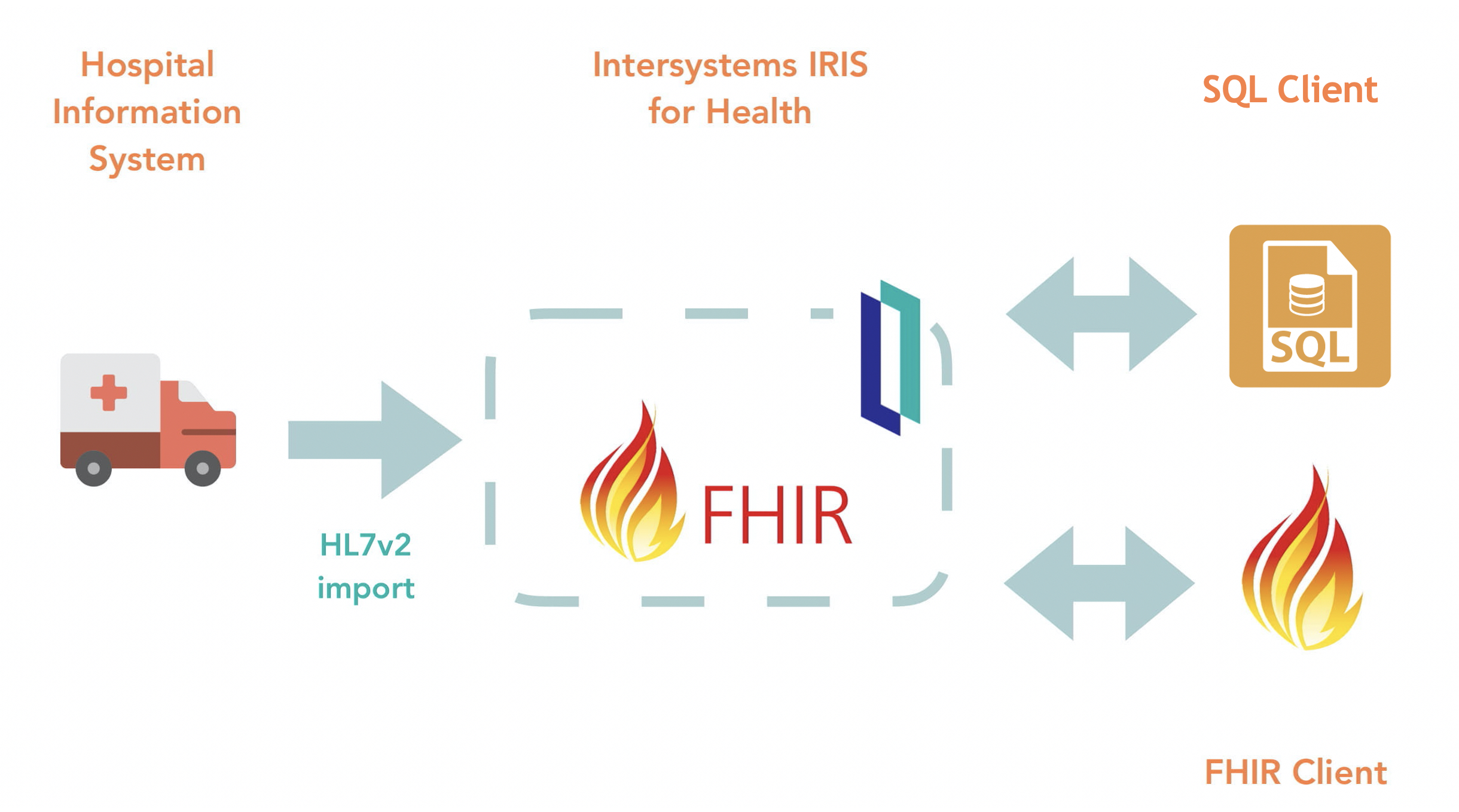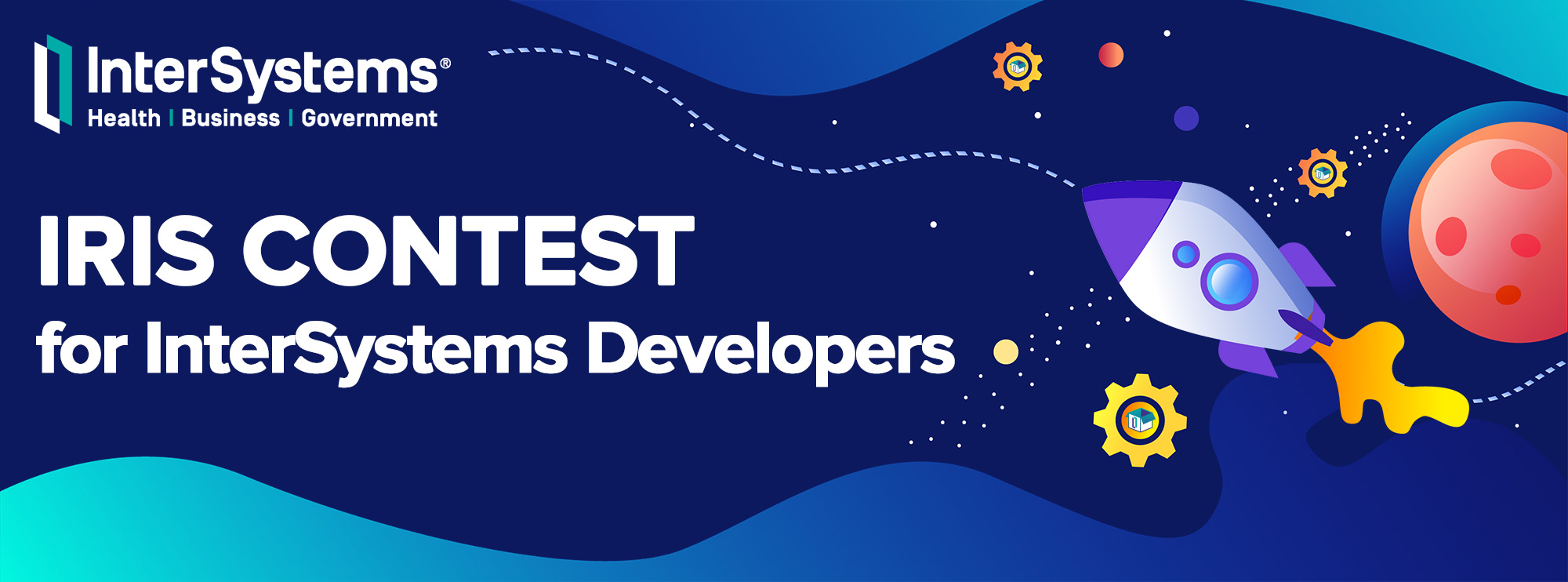Is there a way to force a failover from the primary mirror member to the backup member without forcing down the primary (which happens with ##class(SYS.Mirror).BecomePrimary())? What I'm trying to simulate is a network isolated condition on the primary.

.png)


.png)
